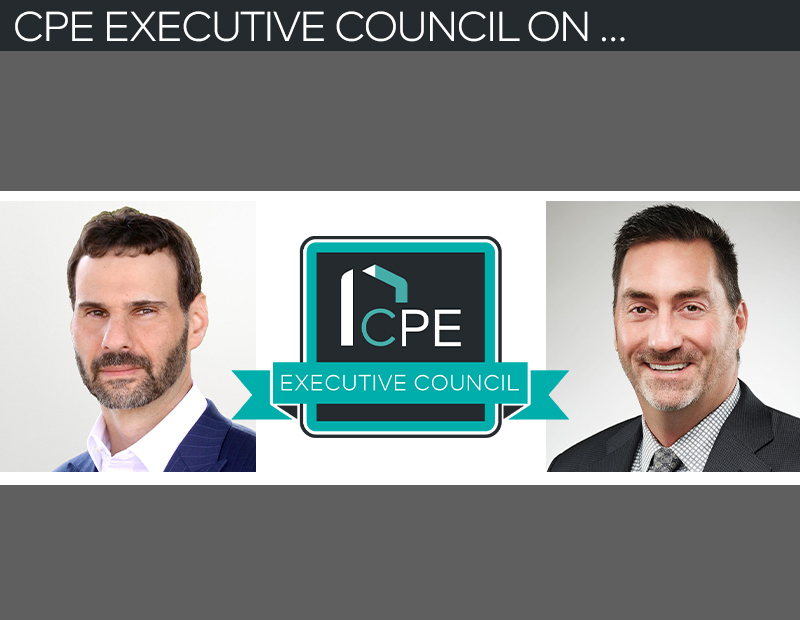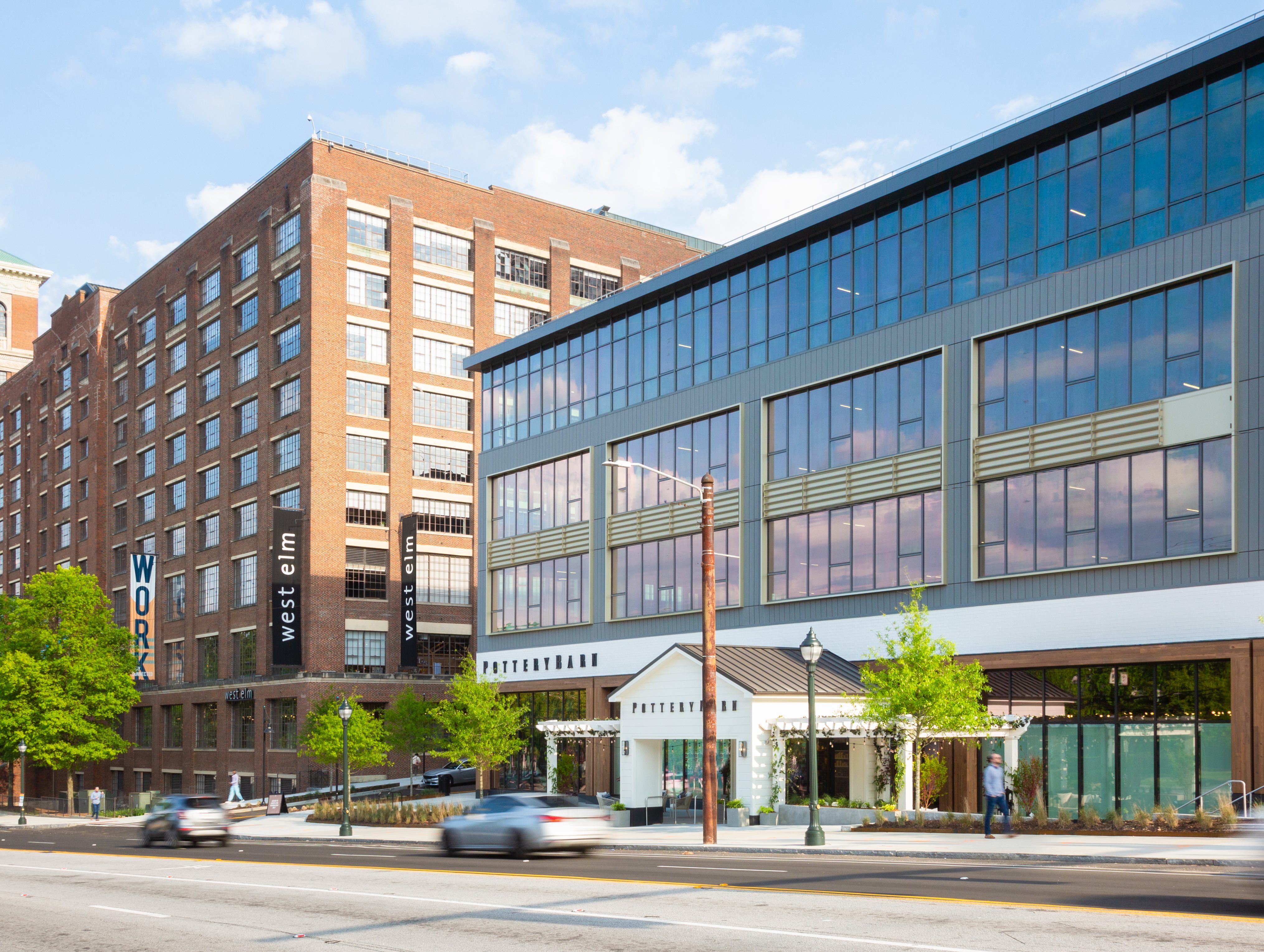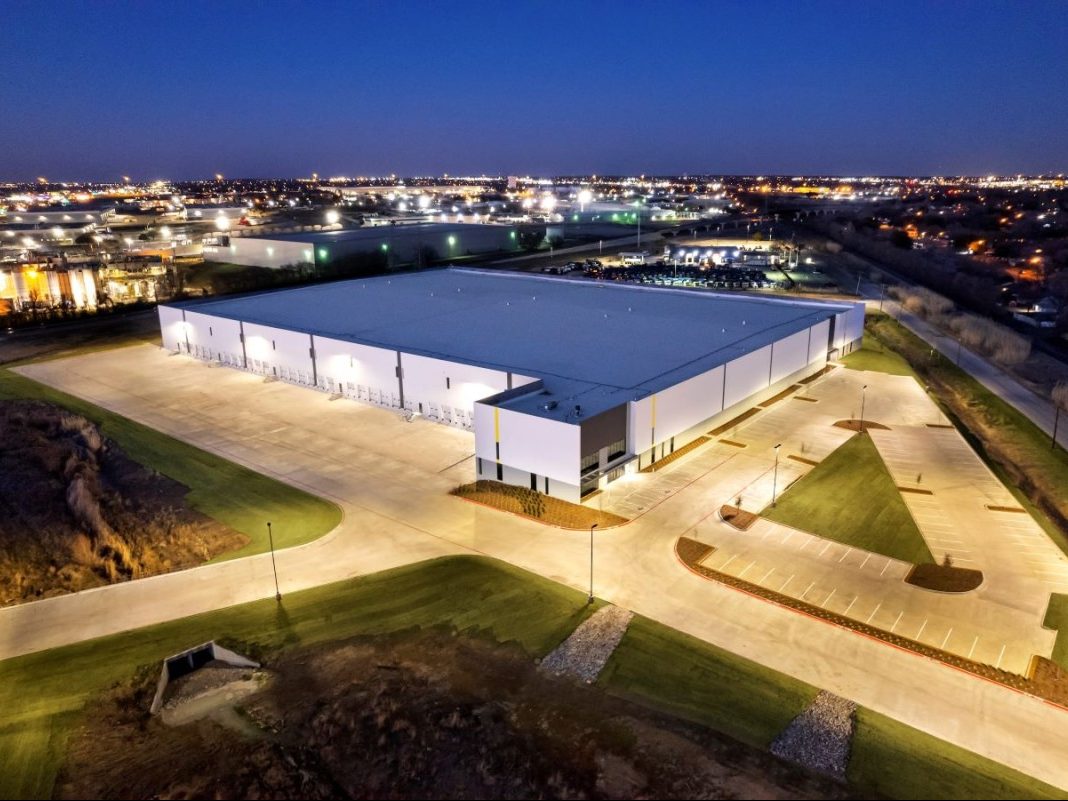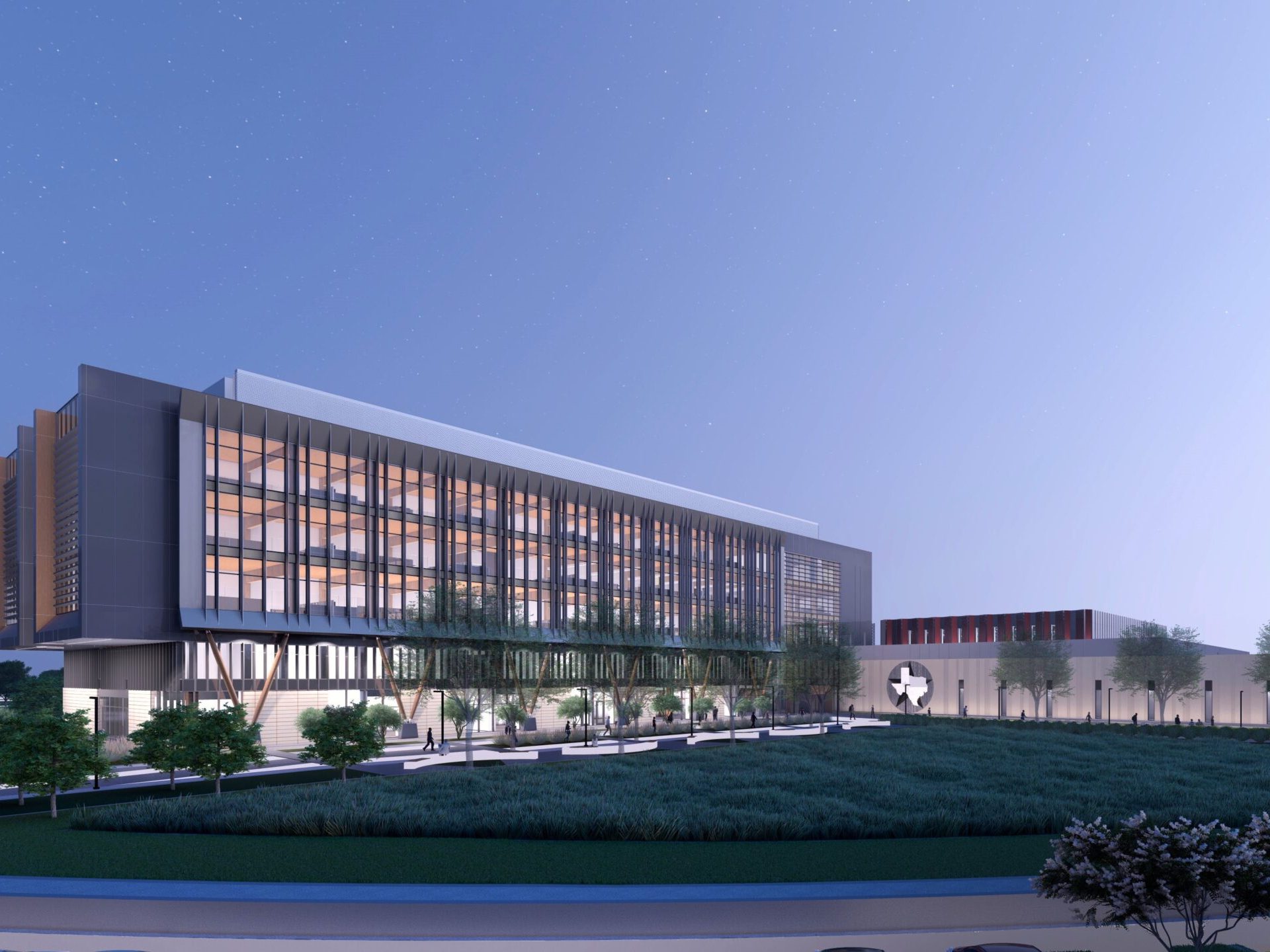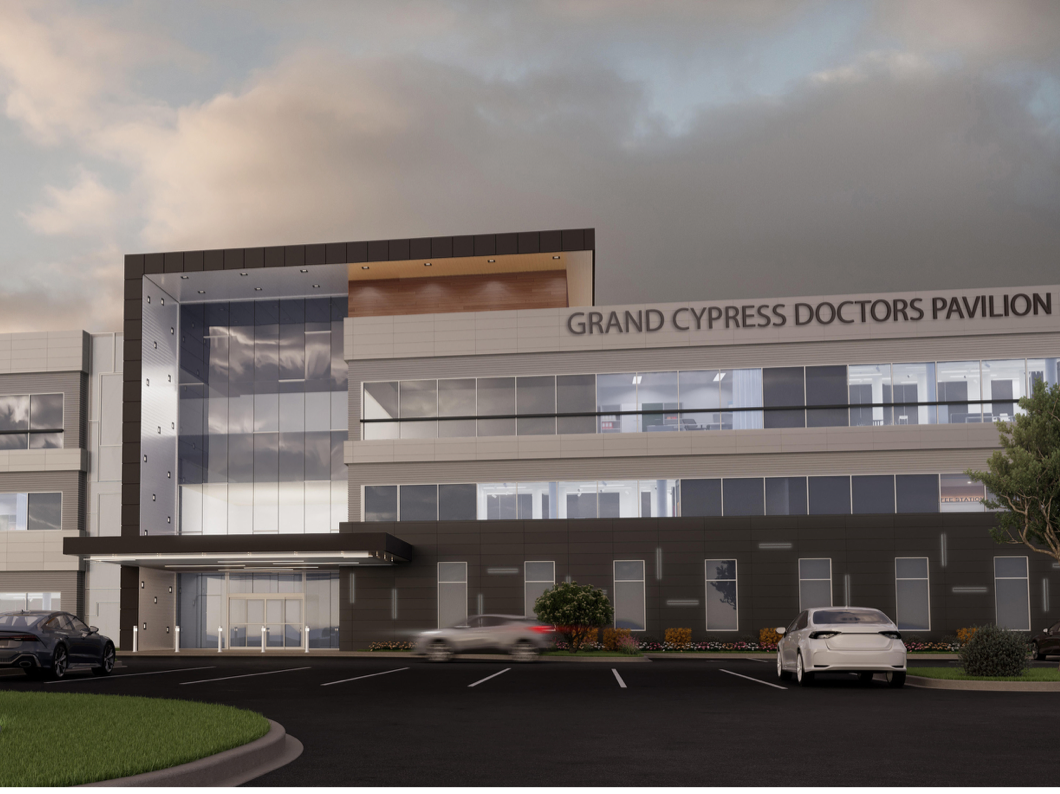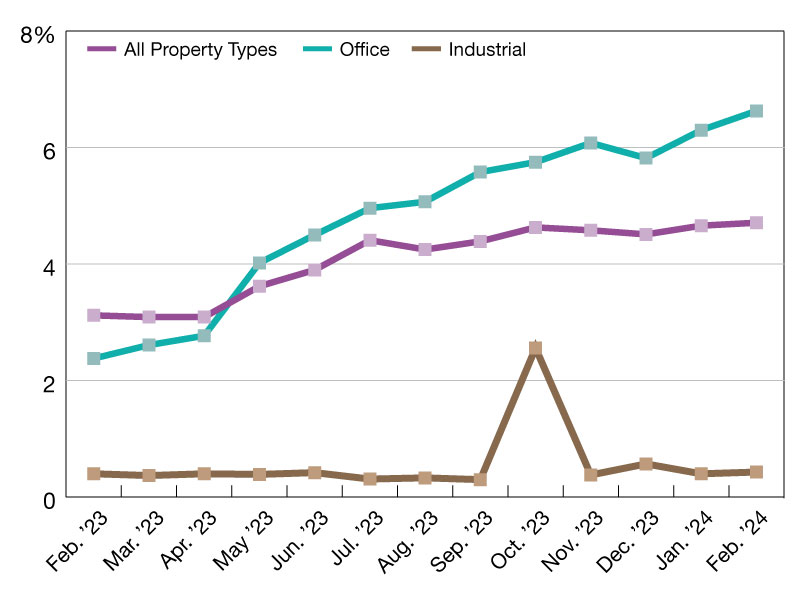South Lake’s Return: Vulcan’s Ada Healey Turns a Fading Urban District into a Vibrant Showcase
Under the decade-long leadership of Ada Healey, Vulcan Inc.'s vice president of real estate, South Lake Union is enjoying remarkable new life as a vibrant urban community and a hub for technology and biomedical research.
By Paul Rosta
Ninety-five years ago this month, a seaplane dubbed the “Bluebill” was piloted on a brief, experimental flight on a path that took it over Lake Union in Seattle. Flying the plane was a young entrepreneur named William Boeing, who soon incorporated an aviation company and built its first hangar in an area south of the lake. Boeing’s hangar became a mainstay of South Lake Union, a bustling district that hosted an array of boat-builders, sawmills, furniture makers and a Ford Motor Co. assembly plant.
From that heyday, South Lake Union gradually declined into an underachieving assortment of car dealerships, parking lots and light manufacturing. That fate has been repeated countless times around the country, but unlike many such cases, South Lake Union had a champion: Vulcan Inc., an investment company owned by Microsoft Corp. co-founder Paul Allen.
Under the decade-long leadership of Ada Healey, Vulcan’s vice president of real estate, South Lake Union is enjoying remarkable new life as a vibrant urban community and a hub for technology and biomedical research. Vulcan’s re-invention of South Lake Union is the crown jewel of the company’s $2 billion real estate portfolio that encompasses close to 6.5 million square feet of office, laboratory, multi-family and hotel properties.
“Redeveloping 60 acres inside a major metro area is not for the faint of heart,” observes Healey. Indeed, she jokes that the program’s most daunting challenges—assembling $500 million in financing during the depths of the capital markets crisis a few years ago, to name just one— have earned her a few extra gray hairs. Nevertheless, the redevelopment project has won plaudits for its improbable transformation of a fading industrial neighborhood into a model of cutting-edge revitalization.
And Healey herself has earned kudos for displaying the vision, diplomacy, persistence, mastery of detail and fi nancial know-how it takes to lead such an effort. “Ada is willing to put in the energy to get complicated things done,” noted Dean Allen (no relation to Paul Allen), CEO of McKinstry, a Seattle-based mechanical and electrical firm that has both partnered with Vulcan as a project designer and builder and served as a building systems operator. “It takes a lot of work to get buy-in from stakeholders.”
So far, Vulcan has orchestrated 4.3 million square feet of residential, office, retail and research laboratory development, slightly less than half of the district’s potential 10 million-square-foot build-out. A new breed of can-do denizens is setting up shop in the district where Boeing and Ford once built factories: the Fred Hutchinson Cancer Research Center, the University of Washington School of Medicine, Microsoft Corp. and Group Health Cooperative Inc. This spring, the redevelopment reached a milestone with the substantial completion of a 10-building, 545,000-square-foot headquarters complex for Amazon.com.
Also in place are hundreds of residential units, a lively entertainment district, a 12-acre waterfront park and a new streetcar line linking South Lake Union to regional transit (see “A Streetcar Named Seattle,” above). South Lake Union has earned a reputation as a draw for young professionals and a place to find antiques, outdoor equipment or an espresso.
“People look at South Lake Union compared to what it was 10 years ago and say, ‘I can’t believe it,’ ” reported Ken Johnsen, a partner in the consulting firm Shiels Oblek Johnsen, project director for the neighborhood’s three-year-old streetcar line.
An unusual feature of the redevelopment is that Vulcan did not begin with the clean slate that often characterizes large-scale, urban redevelopment but rather started with an existing neighborhood. A conventional master plan did not apply because the properties owned by Vulcan are individually governed by local zoning. As an alternative to a master plan, Healey built support for the project by creating what she refers to as a “master framework with principles that everyone in the community could get behind.” The qualities incorporated into South Lake Union include sustainability, affordable housing, pedestrian-friendly streetscapes, lively activity both day and night, and economic activity sparked by complementary property uses.
Sustainability is critical. In April, Vulcan’s makeover of South Lake Union reached a milestone when it received LEED certification under the U.S. Green Building Council’s new neighborhood development category. Projects are evaluated on criteria like brownfield redevelopment, residential density, access to jobs and public transit, availability of open space for recreation, pedestrian-friendly streets and adaptive reuse of historic buildings. More than one-third of the total square footage completed in South Lake Union since the introduction of the rating system in 1998 is LEED certified; fully 70 percent of the square footage completed in the past two years has earned certification.
South Lake Union’s individual projects, too, have repeatedly marked milestones in green practices. The SBRI Building, a 112,000-square-foot headquarters built for the Seattle Biomedical Research Institute in 2003, was the first lab building in the United States to earn LEED Silver certification for core and shell construction from the U.S. Green Building Council. That project was followed in 2004 by construction of Alcyone Apartments, a 162-unit property that was the city’s first market-rate multi-family project to qualify for LEED certification. Other significant projects to earn Gold-level LEED certification include the Westlake/Terry Building; the 277,000-square-foot corporate headquarters of Group Health Cooperative, which earned Gold-level status in 2007; and 2201 Westlake, a two-year-old condominium, office and retail complex.
A champion of sustainability, Healey nevertheless emphasizes that green measures must make business sense to be effective. “Our goal is to produce a building that the market is receptive of and will embrace,” she explained. The original plans for Alley24, a 362,000-square-foot office, residential and retail project delivered in 2006, proposed to forego air conditioning. But after considering alternatives like mechanical sun shades, Healey decided that an air-conditioning system was the prudent choice. Small Steps The redevelopment effort Healey has led for the past decade has its roots in mid-1990s efforts to create a park for South Lake Union. Vulcan founder Allen had loaned $30 million to a group attempting to acquire land for this purpose. When plans twice fell short of receiving voter approval, ownership of the 10-acre parcel reverted to Allen.
That land became the basis for Vulcan’s holdings in South Lake Union, which now include 60 acres—about one-third of the neighborhood. By the late 1990s, Vulcan had acquired enough property in South Lake Union to make it one of Seattle’s most prolific landowners. Yet a variety of circumstances—changing market conditions, resistance from elected officials, voter rejection of a proposed park in the area—had bred skepticism in the market.
Healey entered the picture in 2001, bringing a varied business background that included extensive experience in real estate finance. After earning a bachelor’s degree from Duke University and an M.B.A. from the Stern School of Business at New York University, she started her business career in insurance, taking a position in London with the Sedgewick Group. She returned to the United States to accept an offer from Metropolitan Reinsurance Co. At the same time, she started an M.B.A. program at New York University’s Stern School of Business. There, she took a class in real estate, where, she says, “I gathered enough information to be dangerous.”
Armed with that knowledge, Healey made the switch into real estate, joining NYNEX Properties Co. Among other duties at NYNEX, which has since been rebranded as Verizon Communications, she managed financing, developed corporate real estate strategies and worked on acquisitions.
Switching coasts in 1999, Healey joined the Seattle office of ING Clarion’s real estate group. She moved over to Vulcan two years later to take on the task of jump-starting the massive South Lake Union revitalization.
Success seemed unlikely at first. At the beginning of the last decade, Seattle’s one-time manufacturing center had become an underachieving shadow characterized mostly by parking lots, gas stations, light manufacturing and auto dealerships. One far-sighted decision made early in her tenure paid dividends: An essential part of her strategy was to break down the project into manageable pieces while keeping the larger picture in view at all times. In contrast to many developers that bite off more than they can chew, “we’ve taken a more incremental approach,” she explained. “We didn’t spend five years trying to get all of our property entitled at once. That may not be right for everyone, but it worked for us.”
That approach also made it possible for Healey to answer the skepticism that had grown up around proposals to revive the area. “The way you deal with credibility,” she pointed out, “is you go deliver.” From the start, Vulcan’s projects exemplified the principles set forth in the master framework. The company launched its strategy of making South Lake Union a research and technology magnet in 2003, teaming with Seattle-based developer Harbor Properties Inc. to build a 112,000-square-foot headquarters for Seattle Biomedical Research Institute, a non-profit organization specializing in researching infectious diseases. Dubbed the SBRI Building, the property is also occupied by biotech firm VLST Corp., which specializes in treatments for autoimmune and inflammatory disorders, and 9,500 square feet of retail space.
Healey further bolstered South Lake Union’s stature as a science and research hub by bringing in the University of Washington School of Medicine. In January 2005, researchers from the school moved into a renovated 105,000-square-foot building. Phase two consisted of 188,000 square feet of research space plus 96,000 square feet of office. A proposed third phase would add another 350,000 square feet of office and laboratory space.
That win began attracting attention from other blue-chip clients, like Group Health Cooperative. All told, the institution’s presence in South Lake Union could ultimately reach 800,000 square feet of office and research space.
The arrival of these blue-chip tenants put South Lake Union on the map as a location where successful companies with a healthcare or science orientation were all looking, recalled Scott Armstrong, president & CEO of Group Health Cooperative. In 2006, the medical services firm struck a deal to partner on the development of a two-building complex encompassing 277,000 square feet of office space and 42,000 square feet of retail in two buildings. The firm settled on South Lake Union for its new home in part because it liked the potential Healey sketched for the neighborhood.
“Ada herself was someone who made it easy to envision what this South Lake Union neighborhood would look like,” Armstrong explained. “She was able to put together a business plan that we’re really confident in and committed to.”
Another South Lake Union hallmark that Healey established early on is a commitment to affordable housing. Vulcan’s first residential project in South Lake Union, Alcyone Apartments, targeted moderate-income residents earning between $32,000 and $60,000 annually. Completed in 2003, the 162-unit asset was developed in joint venture with Harbor Properties. Today, about one-third of South Lake Union’s new residential development is affordable rental units.
In these residential projects, as in other components of South Lake Union, Healey has shown stakeholders a willingness to change gears when the market demands. In late 2006, construction began on Rollin Street Flats, a high-end, 206-unit condominium project. But when the recession discouraged buyers and drained the project’s value, Healey consulted with its lender, KeyBank, and turned Rollin Street Flats into a luxury rental property in order to lease it up quickly.
“It’s always interesting to see how people will deal with things when they start going in the wrong direction,” noted John Swanson, senior vice president for Umpqua Bank, who got to know Healey as the Seattle manager for USBank’s commercial real estate lending business. “My experience is that she certainly hits things head-on and makes good decisions as she’s going through the process.”
Healey’s previous career in insurance and real estate investment banking has often come in handy, such as when she landed Amazon.com. Vulcan started a year of loan closings for the Amazon headquarters that coincided with the meltdown of the capital markets in the fall of 2008.
“It was not a time in the market when we were negotiating from a position of strength,” she noted. However, bolstered by an A-list credit tenant in Amazon, Vulcan managed to raise some $500 million worth of debt, often by putting together a team of six lenders. “I definitely had some gray hairs added to get that done,” she recalled with a laugh, “but we were successful.”
This story originally appeared in the June edition of CPE.

